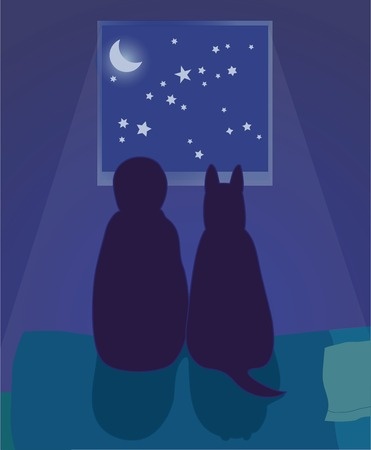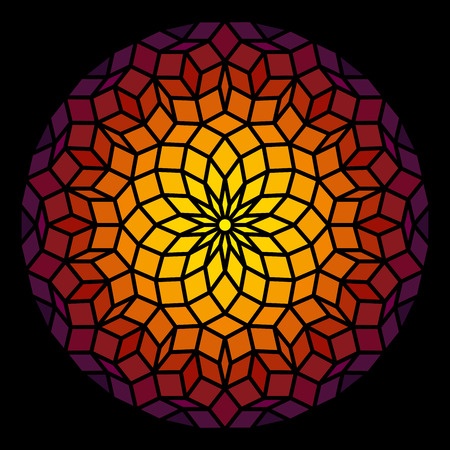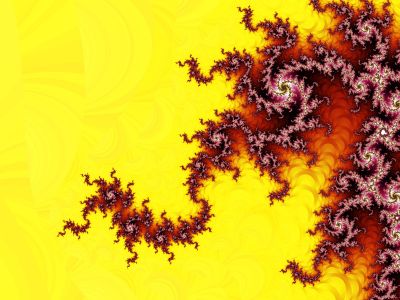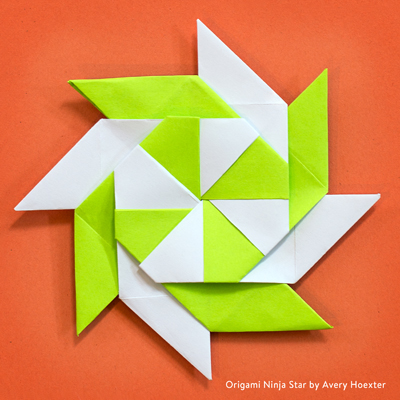Obfuscation through Pedanticism
Ever find yourself in a conversation with some people who suddenly switch to another language to talk to each other? While certainly a bit rude, there are a couple reasons why they might have done this: They may be more fluent in that language, perhaps needing to get to the point quickly, or were at a loss for words in English, but more likely, they didn’t want you to know what they were saying. This is the same reason parents “spell” words around their toddlers: “Do you think we could get some I.C.E. C.R.E.A.M after dinner?” Continue Reading…
The Loss of Creative Innocence
Ever have an idea, invention, or creative thought, only to find out somebody somewhere in the world had already done that same thing? Continue Reading…
Symmetrical Scales – Geometry in Music
In the previous article, we examined seven-note scales, arguably the most “familiar” sounds in tonal music. Since 7 doesn’t divide evenly into 12, these scales can’t be symmetrical, meaning they don’t repeat an interval sequence. (except at the octave, of course) Today, we will examine scales that are formed using interval patterns, with numbers of tones other than 7. Continue Reading…
How Many Scales Are There, Really?
One thing my students often ask about is “scales” and which ones to learn. In an effort to clarify this, here are some permutational ways to look at this question. Keep in mind, I’m not really talking about which ones are most useful, or how to practice and apply them. What we will do here is do a little surveying, to see what’s out there. First, let’s establish some boundaries:
The 3 Forces in Art: Part I
I should say, “The three forces that, when in balance, make what I think of as art,” but it is a title, that’s a bit cumbersome. In this series, we will explore these forces, and how we can utilize them to create work that “works.”
It does seem odd that many things come in threes: the three spatial dimensions we experience in our universe, the three legs needed to make something stable, the strength of a triangle, and even the three skills needed for practice. So it is with art and its subset, music.
Force One: Exploration
Origami: How “Folding” Makes Melody
Most elements of art exist somewhere in a continuum between order and chaos. Both of these extremes lead to a feeling of meaninglessness in the work. A completely predictable pattern seems mindless and automatic, and complete randomness seems incomprehensible and without information. Continue Reading…
What Ever Happened to Arranging?
Recently I have been reading up on big band writing, with the intent of composing some new music. What struck me in my studies is the deliberation and reverence for the art found throughout these books. There is something about doing it right. Art can have details, and somebody needs to care about those nuances if we are to take it seriously. Continue Reading…
Music Production Story Time
In The Not-So-Distant Future (la la la)
(In this play, Randy will be crustily portraying the role of Grandpa)
Kids: “Grandpa, tell us again about the days before Auto-Tune!”
Grandpa: “Well, I know it’s hard to imagine, but there were these people called singers who could stand in front of an audience or a microphone and perform a song from beginning to end! ”
Kids: “But didn’t they use a computer to fix wrong notes?”
Grandpa: “No, they actually sang the whole song correctly!”
Kids: “But that’s not possible!”











